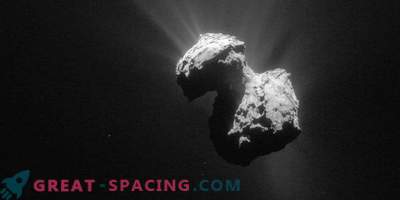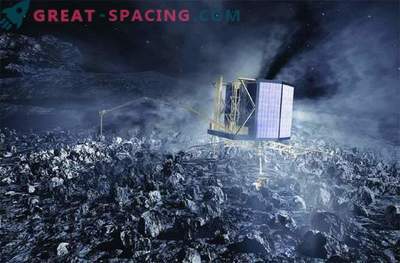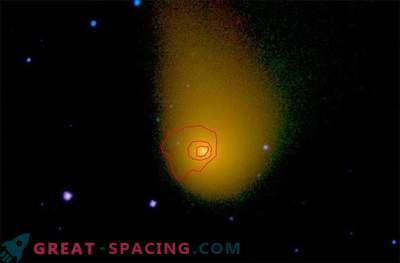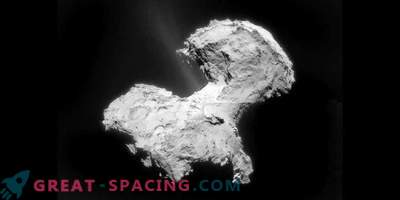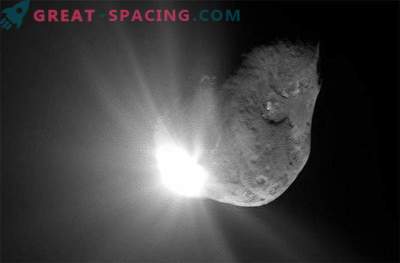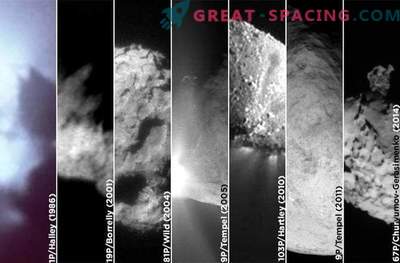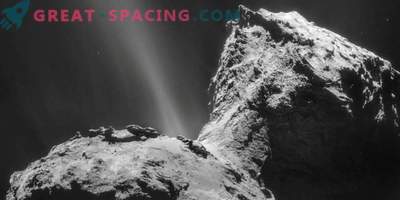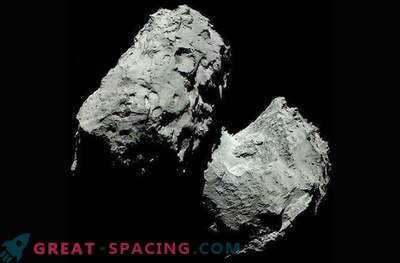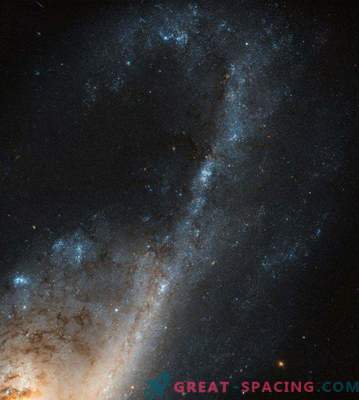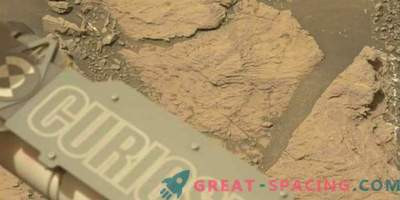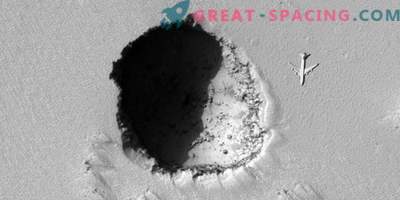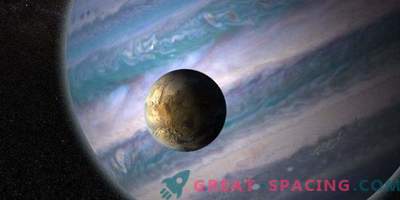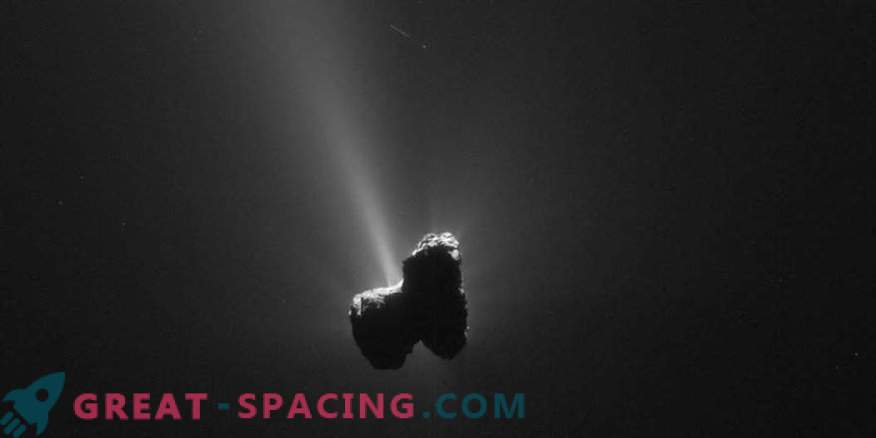
The Japanese PROCYON spacecraft was stuck in earth orbit after launch. But there is no reason to be upset, as he managed to get impressive views of 67 / R Chyuryumov-Gerasimenko from afar.
The tiny spacecraft was stranded due to an unsuccessful engine fire. But he directed his lens toward the comet and found water. The detection supports measurements made by the Rosetta orbital probe, which has been rotating there for two years.
Astronomers used the PROCYON telescope to look at it in September 2015, providing a global perspective, inaccessible to Rosette, who at the time was in her coma.
“The speed of a comet's water production is a basic parameter necessary for understanding its activity. After all, water is the most common icy material of the cometary nucleus, ”says Yoshihara Shinnak from the National Astronomical Observatory of Japan. By calculating the amount of cometary water, one can understand the process of incorporation of molecules into a comet and how they were formed in the early solar system. The comet could not be viewed from ground-based telescopes at that time, and the PROCYON breakdown turned out to be beneficial. A tiny satellite weighing 143 pounds (65 kg) was launched in December 2014 along with the Japanese Hayabus 2 asteroid sample.
PROCYON was supposed to fly to asteroid 2000 DP107. Now it is still in orbit around the sun.
Measurements 67 / P play an important role in testing computer models and possible future expeditions.
“We could test the cometary coma models for the first time,” said an observatory spokesman, adding that this was the first measurement in a global space mission in which he participated in a micro satellite.
“We hope that small satellites will continue to be able to contribute to the support of large missions,” noted the observatory.
